Mozambique to sign sovereign fund management agreement within weeks - government
Mozambique: Mustang releases 22Mt vanadium resource estimate for Caula
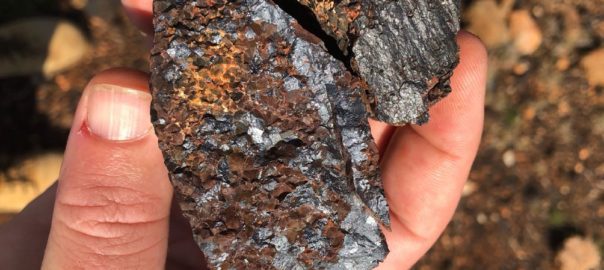
File photo / The Caula project is located in the Mozambican province of Cabo Delgado.
Australia-based Mustang Resources (ASX:MUS) has released a resource estimate for its Caula vanadium-graphite project in Mozambique.
The now completed Joint Ore Reserves Committee-compliant estimate pegs the total vanadium at 22 million tonnes (Mt) with 0.37 percent vanadium pentoxide (V205), which translates to a total of 81,600 tonnes of contained vanadium pentoxide.
While the focus of the Caula site is graphite production, the positive vanadium results will represent a favorable financial boost for the company, as vanadium demand and prices are high.
With vanadium pentoxide prices running at more than US$40,000 per tonne (98 percent V2O5), the Caula resource translates to a highly valuable resource,” Dr. Bernard Olivier, Mustang’s managing director, said in a press release.
Chinese demand for vanadium grew by 15 percent month-to-month in May, as steel mills across China prepared to make steel with a higher strength. Vanadium is a critical alloy when making stronger steel.
The industrial metal is also playing an important role in the battery sector. According to Mustang, 3,000 tonnes of vanadium were used in batteries in 2017, double the amount used in 2016.
The vanadium resource at Caula is subdivided into two zones: the oxidized zone, representing 8.9 Mt at 0.31 percent V2O5 for 27,400 tonnes contained V2O5; and the fresh zone with 13.1 Mt at 0.41 percent V205 for 54,200 tonnes of contained V2O5.
As previously mentioned, the company has been working to bring graphite production into fruition at the site. The graphite resource at Caula is 5 Mt at 13 percent total graphitic carbon. Mustang is currently finalizing an updated graphite mineral resource estimate, with plans to start production in early 2019.
“The potential of the project is even greater as our vanadium is mica-hosted and associated with the graphite mineralization and potentially far cheaper to extract and recover through two simple processing steps, compared with most vanadium projects, where the vanadium is located in a complex titaniferous magnetite ore body,” added Olivier.
Last week, Mustang announced the merger of its ruby interests with Toronto-listed Fura Gems (TSXV:FURA). The move will allow Mustang to focus its attention and resources on developing the Caula project.
Moving forward, Mustang believes there is potential to grow the vanadium resource through exploration.
Mustang shares remained flat on Monday (July 23), closing at AU$0.19.
ABOUT VANADIUM
“Vanadium Pentoxide prices have risen almost 300% since 2016.”
Vanadium is a little known, high demand strategic mineral critical to the steel industry and growing (significantly) in demand for utility scale (clean energy) battery storage.
In its most basic (raw) form, vanadium can be found as a by-product of other metals like uranium, but occasionally it is found as a stand-alone mineral within a host rock.
Once that ore is mined and transported to a plant, it is crushed and the vanadium extracted through a uniquely designed metallurgical process. The resulting commercial product is known as Vanadium Pentoxide or V205.
Vanadium Oxide also known as Vanadium Pentoxide has the formula V2O5. It is a brown/yellow solid or powder.

V205 is then sold to be used within the steel industry – where they create Ferrovanadium.
The production of Ferrovanadium, will contain 35–80 percent vanadium V205. This process is carried out in an electric-arc furnace. Scrap iron is first melted, and a mixture of V2O5, aluminum, and a flux such as calcium fluoride or calcium oxide is added.

Currently approx. 90% of Vanadium is used in steel production.
Vanadium is incredibly valuable to most everything made with steel. It adds significant strength (even at high temperatures) and lowers weight, which also improves fuel economy. In rebar it is critical for buildings and infrastructure.
___________________________
Vanadium is the key ingredient of Vanadium Electrolyte – a vital component of vanadium redox flow batteries (VRFBs), a technology which is booming in popularity as a stable, cost-effective storage medium for renewable energy.


Vanadium redox flow batteries (VRFBs), provide grid-scale energy storage along with superior safety, reliability, cost saving and lifecycle economics (versus lithium).
- Extremely Scalable
- Can rapidly release large amounts of electricity
- Vanadium electrolyte is reusable, recyclable, and has a battery lifespan of 25+ years
- Non flammable /Extremely safe
- Can be charged and discharged at same time
- Can maintain steady state for long periods
- Life cycle is theoretically infinite




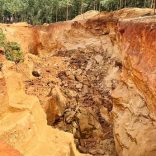
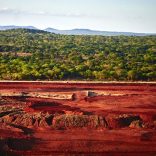


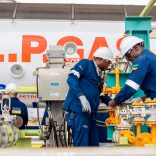


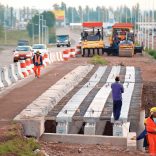
Leave a Reply
Be the First to Comment!
You must be logged in to post a comment.
You must be logged in to post a comment.